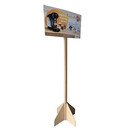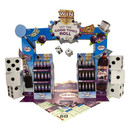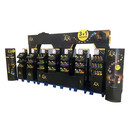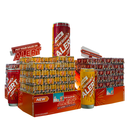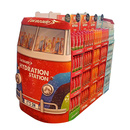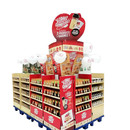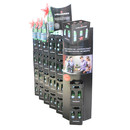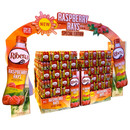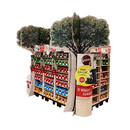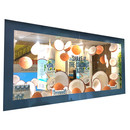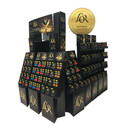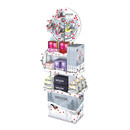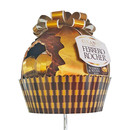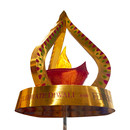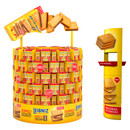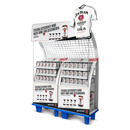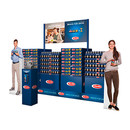Visual merchandising: creative ways to stop traffic in retail
Visual merchandising is all about creating a retail environment that appeals to the target market. Attractive ambience and design, clear product grouping, eye-catching displays and other traffic-stopping POS materials will all increase the chances of shoppers making an impulse purchase.
The fashion industry probably has the longest history of visual merchandising; fashion store merchandisers are known for designing some exciting and innovative window displays. Because the fashion target market is ’captive’ once the shopper enters a branded fashion outlet, efforts were traditionally directed at the window display to get shoppers to step inside. And indeed, 37% of fashion shoppers surveyed admitted visiting a store more often because of enticing window display design.




